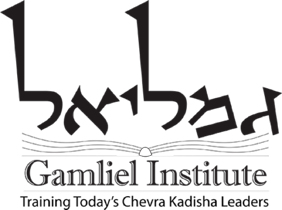Personal Reflections on Working with the Vidui
(by Alison Jordan, May 23, 2003)
|
As a former oncology nurse, longtime psychotherapist and visitor of the sick, I have become attuned to the spiritual questioning and longings of the sick, their loved ones and caregivers. Over years of examining Jewish texts related to death, dying, and bereavement I have noted the rich, meticulous attention to ritual following death, and wondered about the virtual absence of liturgy focused on the experience of dying and the complicated issue of grieving as it is experienced. My motivation is to provide accessible, relevant language for people with diverse sensibilities who seek comfort and release as death approaches.
Several related pieces include: a Vidui for Mourners, Home About this project About Alison Jordan Vidui: Sources Vidui: Standard Liturgy Vidui: Creative Versions Resistance During the Holocaust Photos Files Contact Sitemap |

